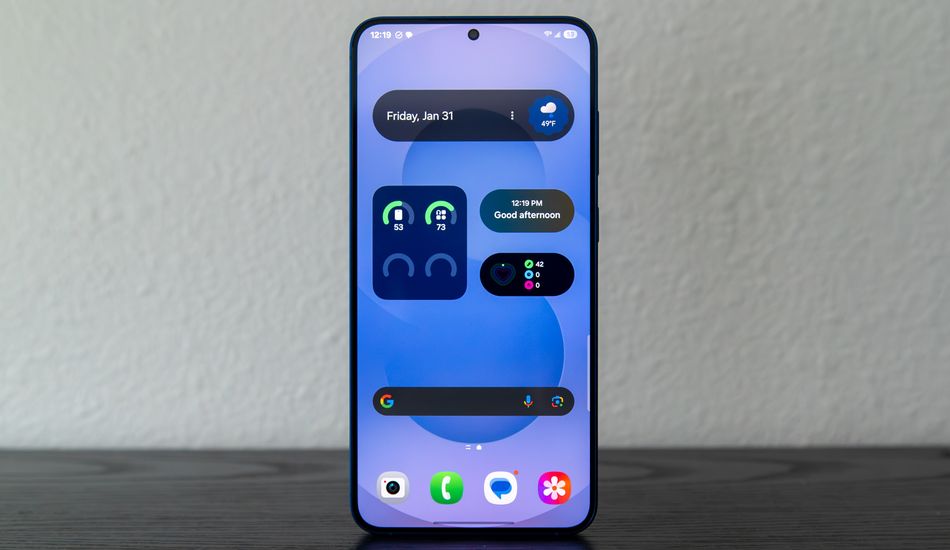
Samsung Galaxy S26: Edge to Replace Plus Model?
Recent industry whispers suggest a potential upheaval in Samsung's flagship Galaxy S series. Reports indicate that Samsung is seriously considering replacing the established Galaxy S26 Plus with a new model: the Galaxy S26 Edge. This strategic maneuver is reportedly fueled by comparatively lower sales figures for the Plus models over recent years. The Galaxy S25 Plus, for example, is projected to ship only 6.7 million units—a figure mirroring the S24 Plus's performance within its first year, although the S24 Plus saw a significant sales increase later. This underperformance, when contrasted with the 13.6 million units shipped for the standard model and 17.4 million for the Ultra, underlines the potential rationale behind this shift.
Trading "Plus" for "Edge": A Gamble on Design and Performance
The Galaxy S25 Edge, a precursor to this potential change, has already been released, showcasing a design prioritizing sleekness over battery capacity. Its 3,900 mAh battery, substantially smaller than the Plus model's 4,900 mAh, raises concerns about user adoption. Industry analysts point out that battery life remains a key factor in consumer purchasing decisions, particularly in the Android market, where battery performance is often touted as a competitive advantage. The Edge’s slimmer profile and potential higher price point could mean a gamble on consumer preference for aesthetics over functionality.
However, the Edge isn't without its merits. It boasts a premium build, identical 6.7-inch AMOLED display, the same Snapdragon 8 Elite chipset, and runs on One UI 7 with Android 15. Both the Edge and the Plus share similar AI capabilities. The difference, therefore, boils down primarily to battery life and a potential trade-off in camera features, with the Edge omitting an additional telephoto lens.
A Calculated Risk: Evaluating the Long-Term Implications
Analysts remain divided on whether this risky strategy will pay off. While the potential for increased revenue by nudging customers towards higher-priced models exists, the success hinges critically on consumer acceptance of a device prioritizing design at the expense of battery life. The outcome may heavily influence the future design and strategy of the Galaxy S series and the broader premium smartphone market. The situation calls for careful observation of consumer reactions to the S25 Edge and a thorough assessment of its overall impact on market share and profitability.
Source: Android Central